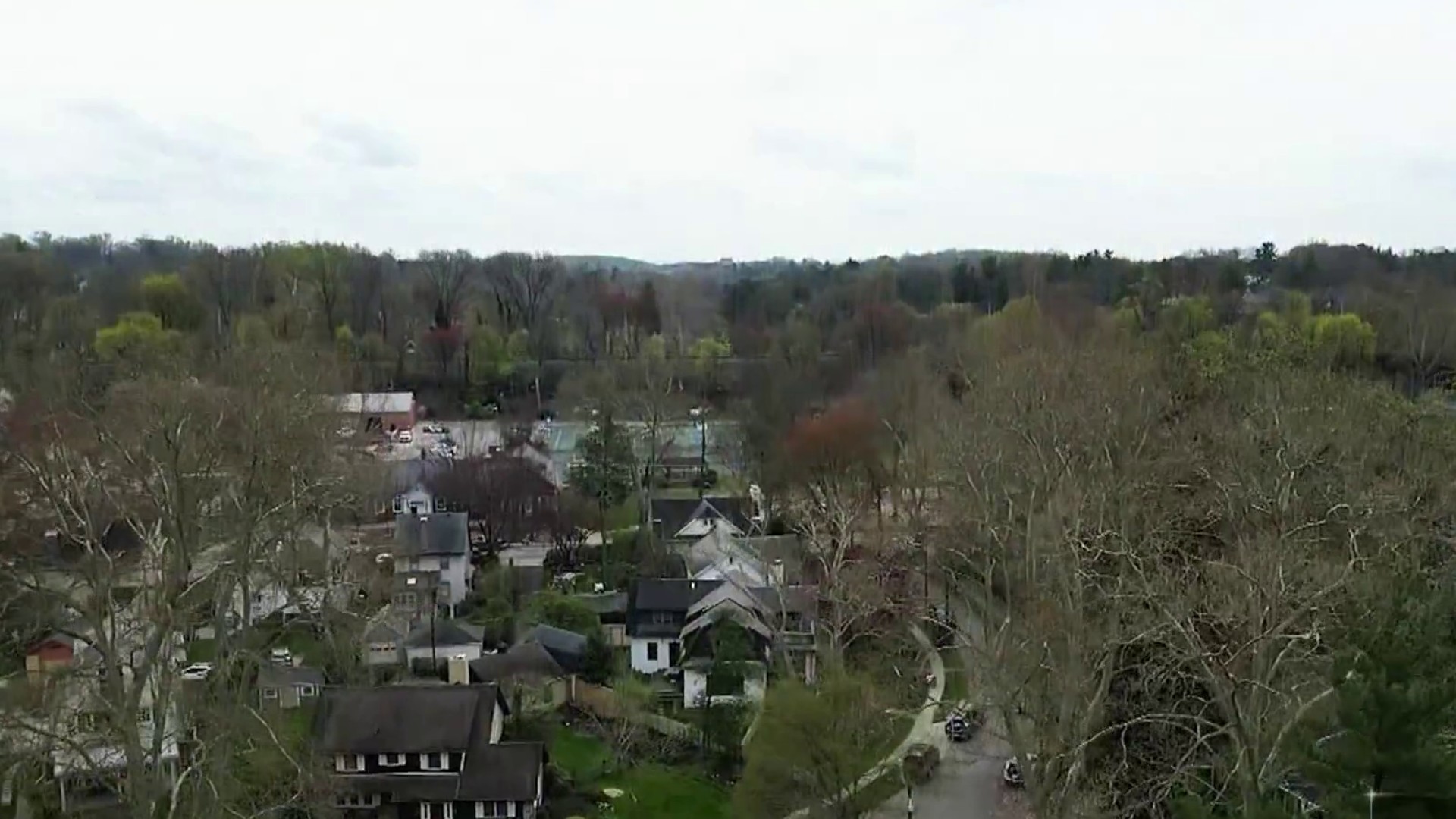2014 NATIONAL CLIMATE ASSESSMENT: WHAT DOES IT MEAN FOR US?
Scientists have talked about warming on a global scale. Then they talked about possible changes in the U.S. Now, the latest Climate Assessment breaks it down into regions. For our region, the Northeast, the three main effects of climate change are:
1. Extreme heat
2. Extreme precipitation
3. Sea level rise
HEAT
It’s the #1 killer in the U.S., and the hotter it gets, the more dangerous it gets. The new assessment says that we should get about TWICE the number of days with 95+ degree temperatures by the 2050s. It’s not so much the slightly higher average temperatures that are the problem, it is the more rare extreme heat days.
Could we already be seeing the heat changes? In Philadelphia, since 2009, we’ve had:
THE HOTTEST SUMMER EVER RECORDED – 2010
THE MOST 90+ DEGREE DAYS - 2010
THE WARMEST YEAR – 2012
THE WARMEST SPRING - 2012
THE HOTTEST JUNE – 2010
THE HOTTEST JULY – 2011
ARE THESE ALL COINCIDENCES?
Local
Breaking news and the stories that matter to your neighborhood.
PRECIPITATION
A warmer world can hold more moisture. That’s why rain is heavier in Florida than it is up here, for example. Measurements have determined a worldwide increase of about 4% in water vapor. That doesn’t seem like a lot, but look at these recent records in Philadelphia-all since 2009.
WETTEST MARCH EVER RECORDED – 2010
WETTEST JUNE – 2013
WETTEST JULY – 2013
WETTEST AUGUST – 2010
WETTEST YEAR – 2011
WETTEST SUMMER – 2013
WETTEST SINGLE DAY – 2013
SEA LEVEL (AND ITS’ AFFECTS ON STORMS)
Sea level has risen overall across the world, but some of the biggest increases have been in our part of the country. It’s about a foot rise in the past century. This means that a given storm will push water levels one foot higher than it would have 100 years ago. And sea level is expected to continue rising indefinitely. Every inch of rise will add to the flood level.
For example, Superstorm Sandy caused a devastating, record storm surge along the northern new Jersey coast and into the New York City area. A foot of that flooding was directly attributed to climate change. Additional sea level rise in the future will add that much more to every flood. This also makes floods more frequent, since the close calls of the past will cause flooding in the future. There’s an interesting debate going on currently about other climate change/Sandy connections, but the added sea level is a “no-brainer”.
IS THIS REALLY MAINSTREAM SCIENCE?
Yes. There isn’t a lot of disagreement among climate scientists on the temperature, rainfall, and sea level concepts. The main debate in today’s climate science is about “attribution”: can we say with confidence that climate change (or “global warming”, or “climate disruption”, or “climate chaos”, or whatever you want to call it) had a direct influence on a particular storm, or season, or weather pattern?
Meteorologist Stu Ostro of The Weather Channel has done some fascinating research tying climate change to many of the extreme, record events across the world in the past decade. The changes he’s shown occur mainly in and near the Arctic, and also at levels way above the ground. While global temperatures at the surface haven’t changed much in the past 10 years, higher up the trend continues-straight up. That has led to higher pressures aloft. And that means more blocking patterns in and near the Arctic. It’s the blocking patterns, more so than the storms themselves, that have changed. Dr. Jennifer Francis of Rutgers has published major papers on the effects of “Arctic Amplification” and their connection to extreme storms.
As I’ve mentioned before, Superstorm Sandy is one of the storms being looked at. It was the Blocking High Pressure Area that prevented Sandy from tracking out to sea, and steered it westward into New Jersey. If the High hadn’t been there, or just been weak, no one would remember Sandy.
There are also questions even about extreme winter patterns that have led to our two snowiest winters on record-both in the past 5 years. More moisture? More extreme blocking? That’s where the main debates are today.
SO, WHAT IF YOU DON’T BUY ANY OF THIS?
Science is rarely 100% sure of anything (sunrise and sunset are two of the exceptions). Can a reasonable person be absolutely sure of climate change and that carbon dioxide increases are the main reason for it? Let’s assume the answer is “no”. Even if the chance is 80%, or 60%, or even 20%, can we ignore the threat? Even if you don’t agree with the majority of climate scientists, there has to be SOME chance that they’re right. And what if they are? It’s an eventual disaster. We don’t know how bad or how soon, but it would be inevitable.
If a gun is pointed at our head, we’re going to duck, even if we’re pretty sure it’s not loaded. It’s not worth taking that chance. Is it worth taking that chance with climate change?



